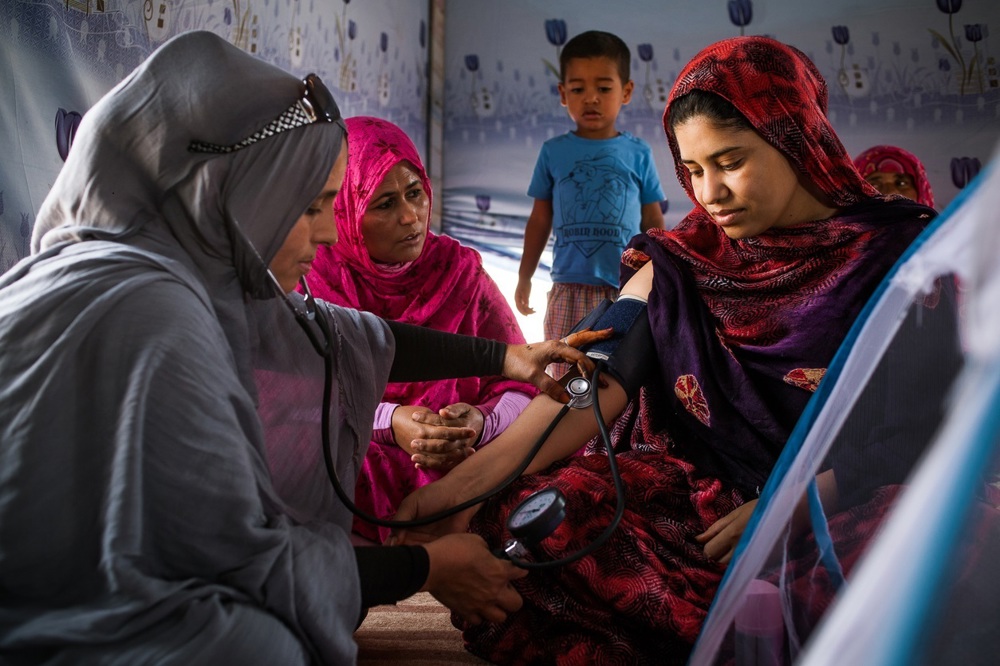Overview
Millions of women and girls in low- and middle-income countries face significant barriers to accessing quality gynaecological care. Insufficient resources and inadequate training for healthcare providers lead to missed opportunities for early prevention, diagnosis, and treatment of gynaecological conditions. These gaps result in serious health complications and impose lasting economic and psychological burdens.
The Gynaecological Health Matters (GHM) programme seeks to address these challenges by equipping healthcare providers with essential skills, advocating for systemic change, and raising awareness of the critical importance of gynaecological health. Our mission is to ensure that all women and girls have access to respectful, high-quality care, no matter where they live.
Our Role
At the RCOG, we believe everyone deserves access to essential healthcare, and that systemic barriers to quality gynaecological care must be urgently addressed. Through the GHM programme, we:
- Train providers: Deliver our comprehensive Essential Gynaecological Skills (EGS) training to non-specialist health providers, covering key topics such as cervical cancer, emergency gynaecology, and violence against women.
- Conduct research: Highlight the critical impacts of untreated gynaecological conditions, from sexually transmitted infections to infertility, and advocate for their prioritisation on global health agendas.
- Drive advocacy: Work with governments, donors, and stakeholders to secure greater recognition and funding for gynaecological health as a critical issue of equity and rights.
Our work focuses on building capacity within healthcare systems to address these challenges sustainably and effectively.
Our programmes
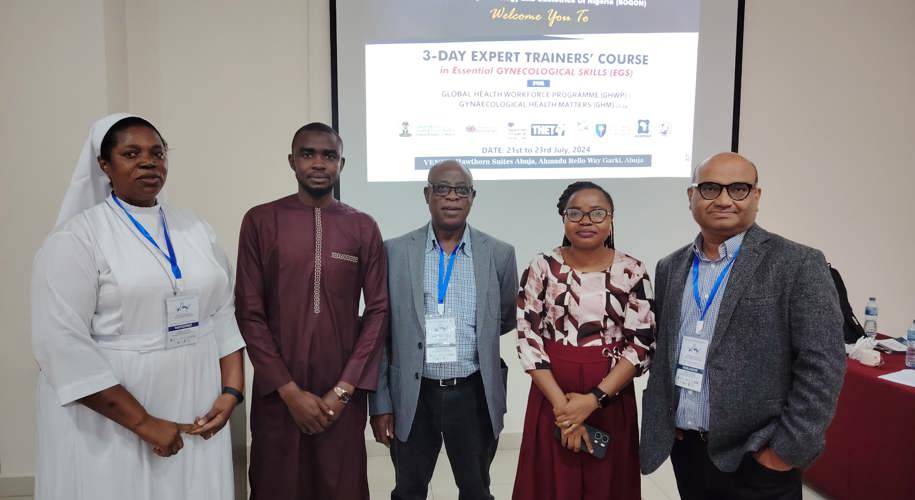
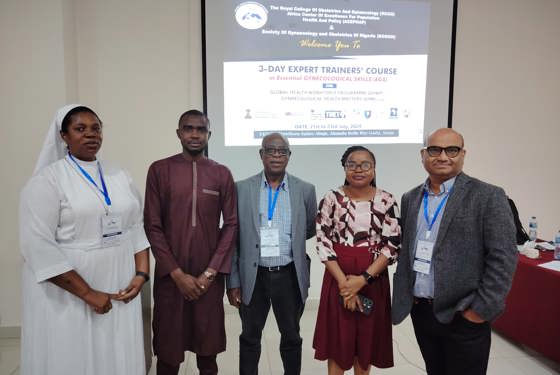
GHM Nigeria
Training providers and advocating for systemic changes.
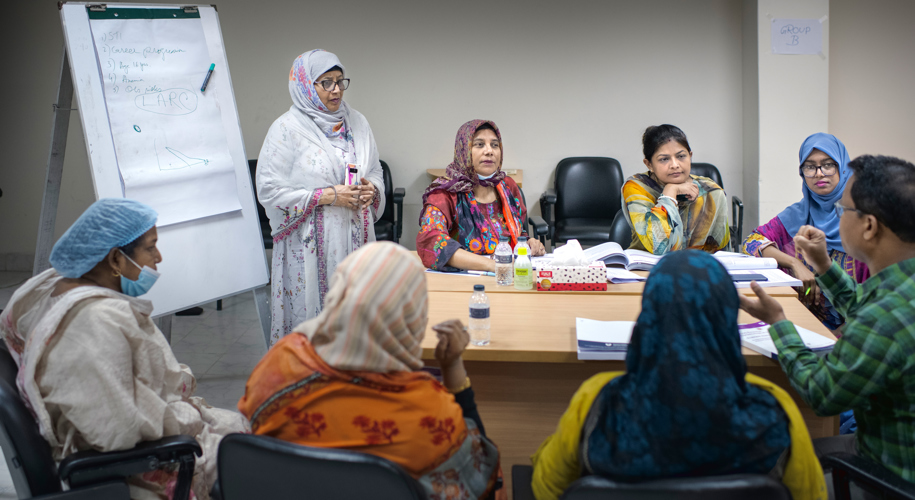
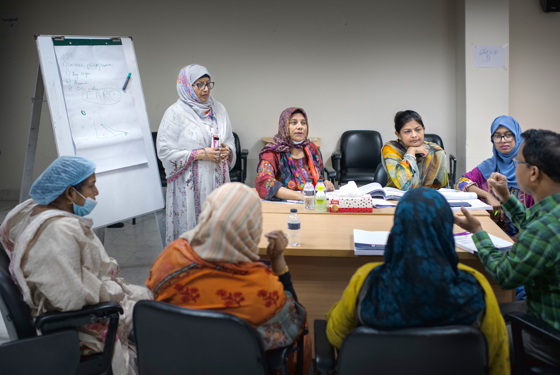
GHM Bangladesh
Improving access to essential gynaecological care through training and advocacy.

